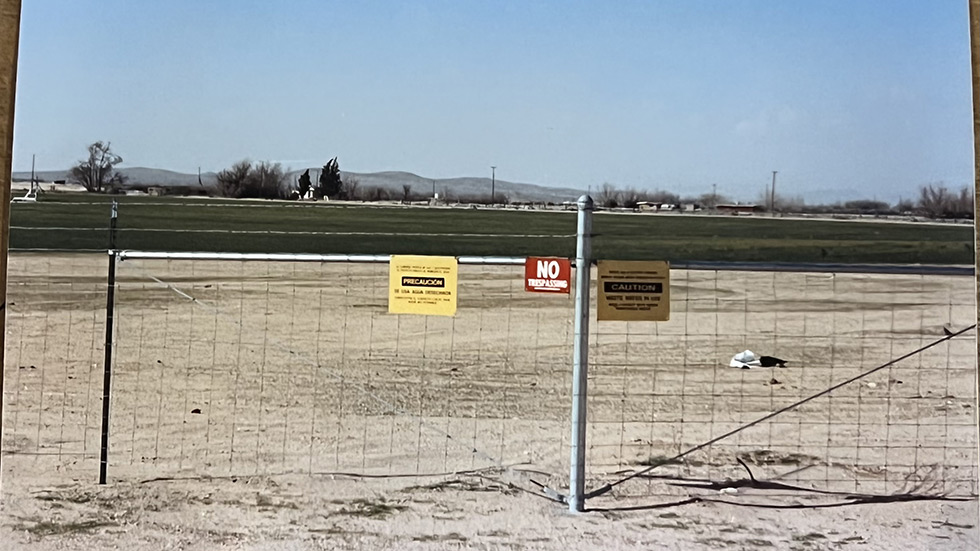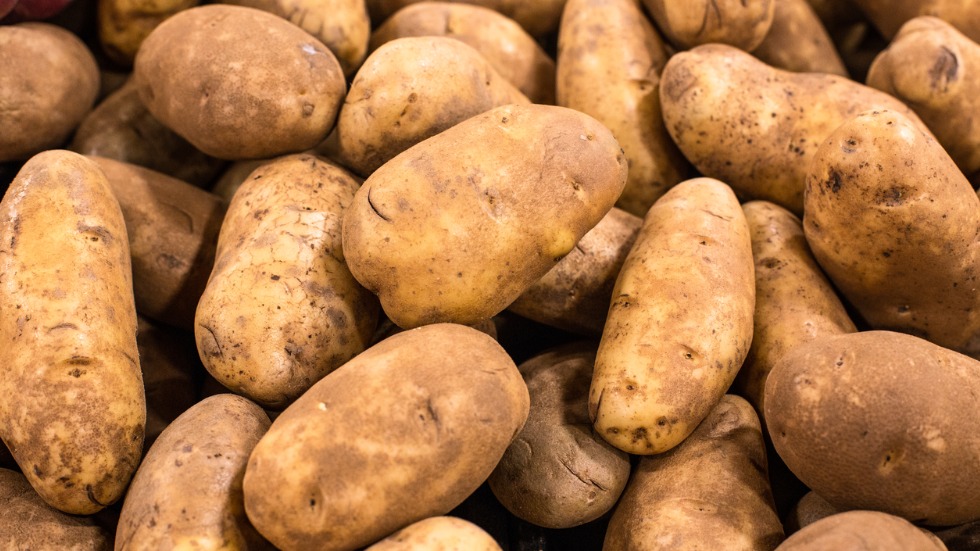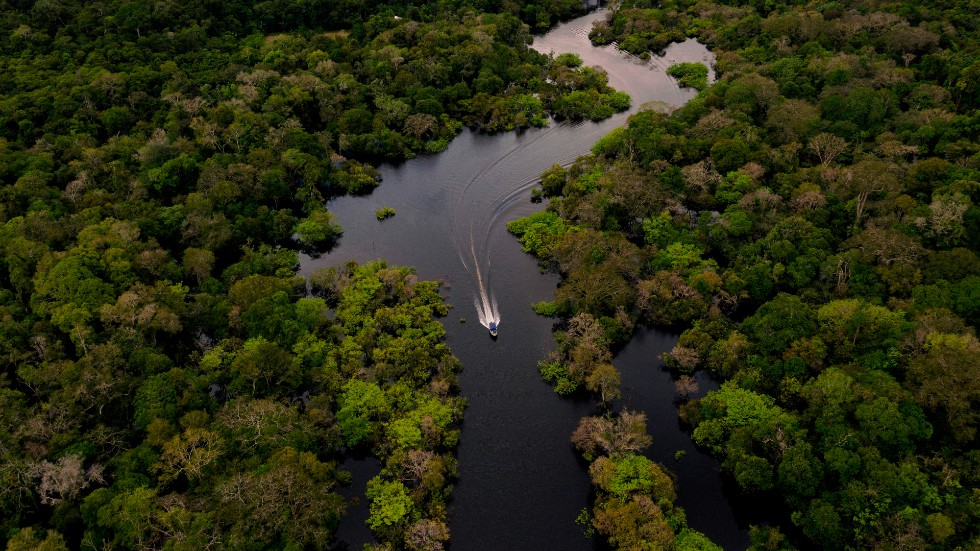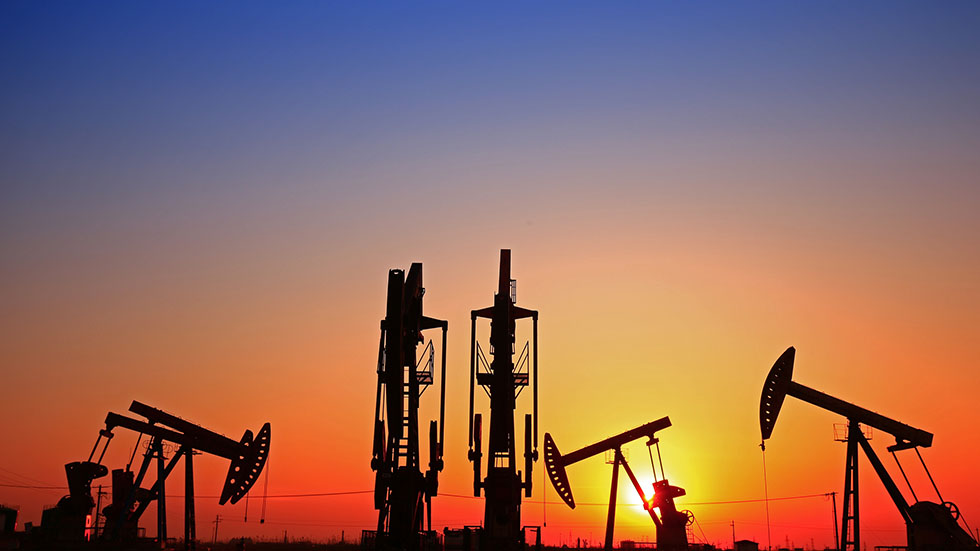Equilibrium/Sustainability — Sleepy squirrels could save astronaut muscles

Today is Friday. Welcome to Equilibrium, a newsletter that tracks the growing global battle over the future of sustainability. Subscribe here: digital-stage.thehill.com/newsletter-signup.
Hibernating squirrels have a secret that could help keep astronauts on future deep space missions hale and hearty, according to a recent study published in Science.
While fasting through the winter, hibernating squirrels ought to suffer muscle wasting — just like astronauts do in microgravity, which interferes with the process of muscle formation. But even without any food coming in, the squirrels’ muscles stay strong through months of sleep.
A scientist from the University of Montreal has figured out that squirrels recover the nitrogen released as their bodies break proteins down into the waste product urea — a main component of urine — and refashion them back into muscle, in a biochemical version of the circular economy.
“If there is an overlap between the proteins in spaceflight and the ones from hibernation,” this process might be useful to fight muscle wasting in astronauts in small craft — or in starving or elderly people, scientist Matthew Regan said in a statement.
Today we’ll present you with the fourth and final installment of the “Forever” series, which dissects the legal hurdles associated with exposure to cancer-linked PFAS compounds. Then we’ll hear from Canada’s agriculture minister about progress underway to end a cross-border potato problem.
For Equilibrium, we are Saul Elbein and Sharon Udasin. Please send tips or comments to Saul at selbein@digital-stage.thehill.com or Sharon at sudasin@digital-stage.thehill.com. Follow us on Twitter: @saul_elbein and @sharonudasin.
Let’s get to it.
Past cases set up ‘forever chemical’ lawsuits

When Erin Brockovich was already knee-deep into investigating a chromium-six contamination case plaguing the Californian desert town of Hinkley, her boss Ed Masry warned her that he had run into a problem.
“He pulled me into the law library one day and just said he didn’t think we could go forward,” Brockovich told The Hill. “I was stunned. And I said, ‘Why?’ And he said, ‘Well, there’s a statute of limitations.’”
A statute of limitations — or a law that prohibits legal claims after a prescribed period passes following the harm — can be a decisive factor when it comes to trying, or even taking on, a toxic exposure lawsuit. These restrictions, which vary in length and detail from state to state, are today playing a role in the litigation emerging following community exposure to “forever chemicals,” or per-and polyfluoroalkyl substances (PFAS).
PFAS may be unique in their ubiquitous ability to persist in the environment, but the associated lawsuits cropping up around the country are simply the newest to emerge in a complex history of chemical contamination suits. And so many of these suits have revolved around a complicating factor — the statutes of limitations — which made an appearance both in Brockovich’s real life and the Hollywood blockbuster film starring Julia Roberts.
To explore how the role of such statutes in previous toxic exposure cases could set precedent as to what might happen in PFAS lawsuits, please click here to read the final installment of The Hill’s investigative piece.
Catch up on Part 1, Part 2 and Part 3.
Resolving the ‘Spudpocalypse’

The “Spudpocalyse” could at last be over.
U.S. and Canadian officials are moving to overcome an impasse that has plagued potato trade from Prince Edward Island (PEI) over the past two months, Canada’s agriculture chief told Equilibrium on Friday.
First words: “To Prince Edward Island, it’s catastrophic,” said Canadian Minister of Agriculture and Agri-Food Marie-Claude Bibeau. “It is like oranges in Florida, grapes for California. This is their livelihood.”
The minister said she met with her American counterpart, Agriculture Secretary Tom Vilsack, on Thursday, to discuss the resumption of table-stock potato trade — primarily to Prince Edward Island’s biggest potato customer, Puerto Rico, and to the rest of the U.S. down the line.
Equilibrium has reached out the USDA for comment on the issue, but did not receive a response before press time.
What’s going on with the potatoes? The Canadian Food Inspection Agency first implemented an interim suspension of seed-potato shipments from Prince Edward Island to the U.S. in early November, after detecting “potato wart fungus” on two separate Prince Edward Island farms, a statement at the time said.
Toward the end of November, the agency broadened the suspension to include all fresh potatoes — both those used for industrial processing and the “table-stock” used for consumption — after the U.S. raised concerns related to plant health. The Canadian government also ordered that farm equipment shipped from the island to the U.S. must be disinfected, according to the agency.
PEI-tatoes to make a comeback: Bibeau expressed confidence on Friday that table-stock potatoes could now once again be safety exported to the U.S., after taking phytosanitary — “plant health-related” — measures that include brushing, washing and grating the potatoes, as well as treating them with a sprout inhibitor so that they cannot grow in soil.
BURGEONING ‘SPUDPOCALYPSE’ FOR PUERTO RICO, MASSACHUSETTS
In a quirk of global food supply chains, about a quarter of all Prince Edward Island potatoes end up in Puerto Rico, which lacks a suitable climate to grow potatoes and therefore — with no domestic industry to threaten — would incur even less risk than the continental U.S. by importing the sanitized spuds, Bibeau explained.
About 80 percent of Puerto Rico’s potatoes come from Prince Edward Island — or $18 million to $20 million worth of potatoes annually, according to the Canadian Broadcasting Corporation. Total potato exports from the Canadian province to the U.S. typically amount to $120 million each year, CBC reported.
Who’s next in line behind Puerto Rico? Massachusetts.
There, the PEI Potato Board — the trade group that represents potato growers on the island — recently launched a social media campaign called “Stop the Massachusetts Spudpocalypse.” The campaign argues that the state “gets much of its potato supply from Prince Edward Island” and that “Washington is blocking Massachusetts’ supply of potatoes.”
Why is export to Puerto Rico likely to happen first? The continental U.S. is a major producer and exporter of potatoes — and is still free of potato warts — so any shipments to Massachusetts, for example, will have to wait on further analysis, Bibeau explained.
Bibeau reiterated that renewed exports to Puerto Rico would involve table-stock potatoes only, as these present “a very negligible risk” following sanitation. Discussions regarding shipments of processing potatoes and seed potatoes will continue, after Canada’s full investigation into the fungus is complete, the minister explained.
Last words: “Potatoes from the island are very high quality, and we are taking this potato wart seriously — we are putting the right measures in place, phytosanitary measures in place, to be assured it does not present risk for our partner,” Bibeau said.
“We never want to see good-quality food being wasted,” she added.
To read the full story, please click here.
Forests suck mercury from gold supply chain
 Scientists in the Amazon have discovered the highest levels of mercury ever recorded in the canopy of a pristine patch of old-growth rainforest according to a study in Nature Communications.
Scientists in the Amazon have discovered the highest levels of mercury ever recorded in the canopy of a pristine patch of old-growth rainforest according to a study in Nature Communications. Concentrations of the metal are so high that they rival those of the mercury-belching gold mining towns that have spread across the Amazon in the past decade. Meanwhile, birds from the area, around Peru’s Los Amigos Biological Research station, have 12 times the normal levels of mercury in their systems, according to the Duke University team.
First words: “These forests are doing an enormous service by capturing a huge fraction of this mercury and preventing it from getting to the global atmospheric pool,” said Duke biology professor Emily Bernhardt in a statement.
That made it “even more important that they not be burned or deforested, because that would release all that mercury back to the atmosphere,” she added.
Did you say Amazon gold? Yep. The Amazon is in the midst of a highly destructive gold mining boom, fueled by rising gold demand; the precious metal is essential, for example, in high tech. Gold prices today stand at $1,800 an ounce, nearly four times where they were in 2001, according to analytics site Macrotrends.
The pull of those prices, combined with the push of economies depressed by the coronavirus, has pulled waves of miners to the fringes of the Amazon and made Peru the world’s number six gold producer, much of that from the Amazon.
That push has created scars in the jungle visible from space, according to NASA’s Earth Observatory — scars that are growing, as Brazil and Peru’s covid slump and lackluster enforcement drive people to seek their fortune in the jungle.
What does mercury have to do with this? We have long known that the mercury that miners use to “wash” gold from sediment makes its way into rivers, where it binds to living tissue — as described by a United State Geological Service report on the ecological toll of California’s 19th Century Gold Rush. The Amazon gold rush in many ways resembles that historic mining spree.
So? Mercury is a neurotoxin, and it grows more and more concentrated as it moves up the food chain into predator fish and ultimately people. One Brazilian study recommended that Amazonians in mining areas eat some predatory fish less than once a month, and a previous Duke study found 62 percent of the region’s population had mercury levels higher than the Environmental Protection Agency’s threshold.
A NOVEL APPROACH
While earlier studies focused on water pollution, the Duke team looked up to the canopy. Researchers fired slingshots into the treetops and brought down leaves, which they sampled for mercury.
The result was dramatic. “We found that mature Amazonian forests near gold mining are capturing huge volumes of atmospheric mercury, more than any other ecosystem previously studied in the entire world,” said lead researcher Jacqueline Gerson of University of California, Berkeley in a statement.
How did it get there? Mercury enters the atmosphere from the crucibles of miners, who use the silvery, poisonous metal to bind together gold dust in the heavy sediments they pull from the muck of the region’s rivers like the Tambopata, which grind the gold from deposits in the high Andes and spread it across the Amazon Basin below.
When miners melt off the mercury to purify the remaining gold, it enters the air, where it is either breathed in by trees or falls on their leaves as rain, the study found. In either case, the metal binds to the trees’ tissues in a manner similar to what it would do to animals.
Once in the trees, the mercury did not all stay put. Researchers found elevated concentrations in the feathers of three songbird species deep in a nearby reserve, and far from mining activity.
What should be done? Gerson, the lead researcher, said she doesn’t want mining to be shut down. “A very similar thing, with very similar methods, has already been done throughout many of the wealthy countries of the world where gold was available. The demand is just pushing mining further into new areas.”
The United States can’t stop them or “impose solutions,” Gerson said in a statement.
Last words: “The goal is to highlight that the issues are far vaster than water pollution, and that we need to work with local communities to come up with ways for miners to have a sustainable livelihood and protect indigenous communities from being poisoned through air and water,” she added.
Follow-up Friday

Another look at issues we’ve explored throughout the week.
Federal judge nixes offshore drilling leases sold by Biden administration
- On Thursday, we looked at how elderly people who live near fracking sites are at higher risk of an early death, as well as the Los Angeles City Council’s vote to support an oil drilling phaseout. Later Thursday evening, a federal judge in Washington, D.C., nixed offshore drilling leases that had been sold by the Biden Administration last year, as our colleague Rachel Frazin reported for The Hill.
US, EU partner to cement European gas supplies
- On Monday, we explored how Europe is scrambling to avert potential natural gas shortages amid a potential conflict between Russia and Ukraine. President Biden and European Commission President Ursula von der Leyen said on Friday that the U.S. and the E.U. are working together to prevent any such supply disruption, as our colleague Zack Budryk reported for The Hill.
American electric vehicles
- A lack of investment in new refineries for key metals like nickel and lithium risks handicapping ambitious U.S. investments in electric vehicle production, The Wall Street Journal reported.
- New battery plants or electric vehicle production — like General Motors’ $7 billion investment in four Michigan plants, which we covered on Tuesday — requires new investment in refineries to turn those metals into something factories can use. That investment largely isn’t happening outside China, The Journal reported.
Please visit The Hill’s sustainability section online for the web version of this newsletter and more stories. We’ll see you on Monday.
Copyright 2023 Nexstar Media Inc. All rights reserved. This material may not be published, broadcast, rewritten, or redistributed. Regular the hill posts







